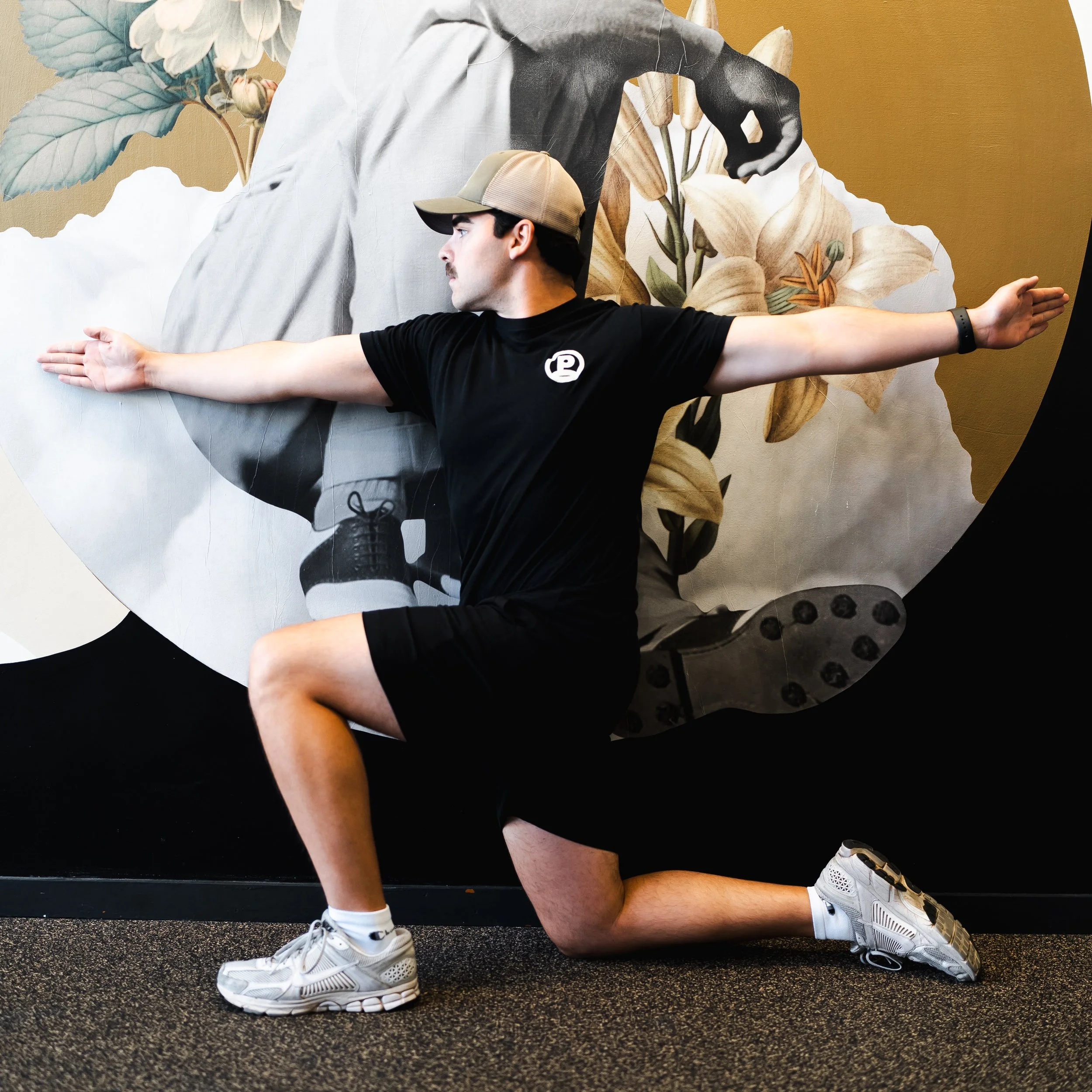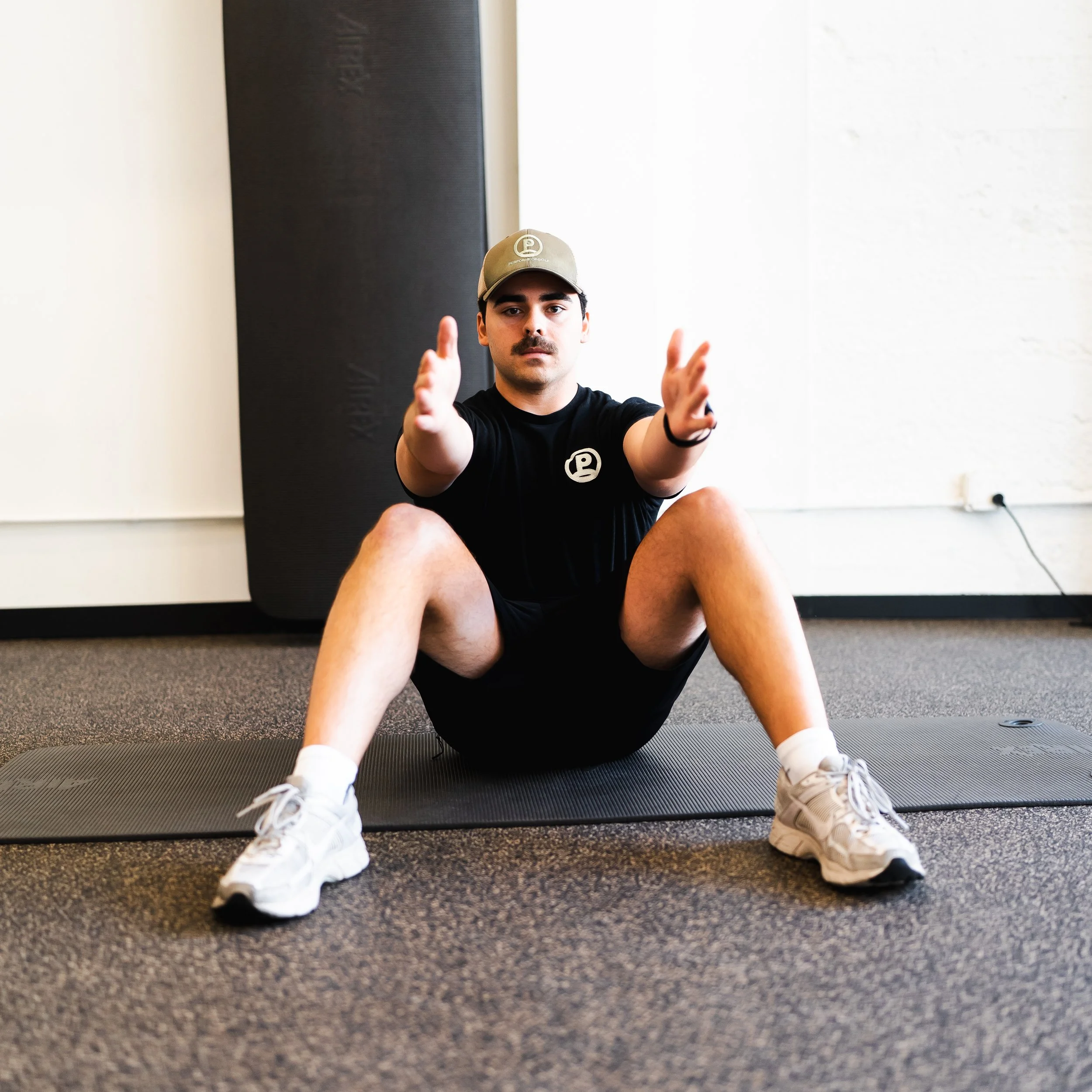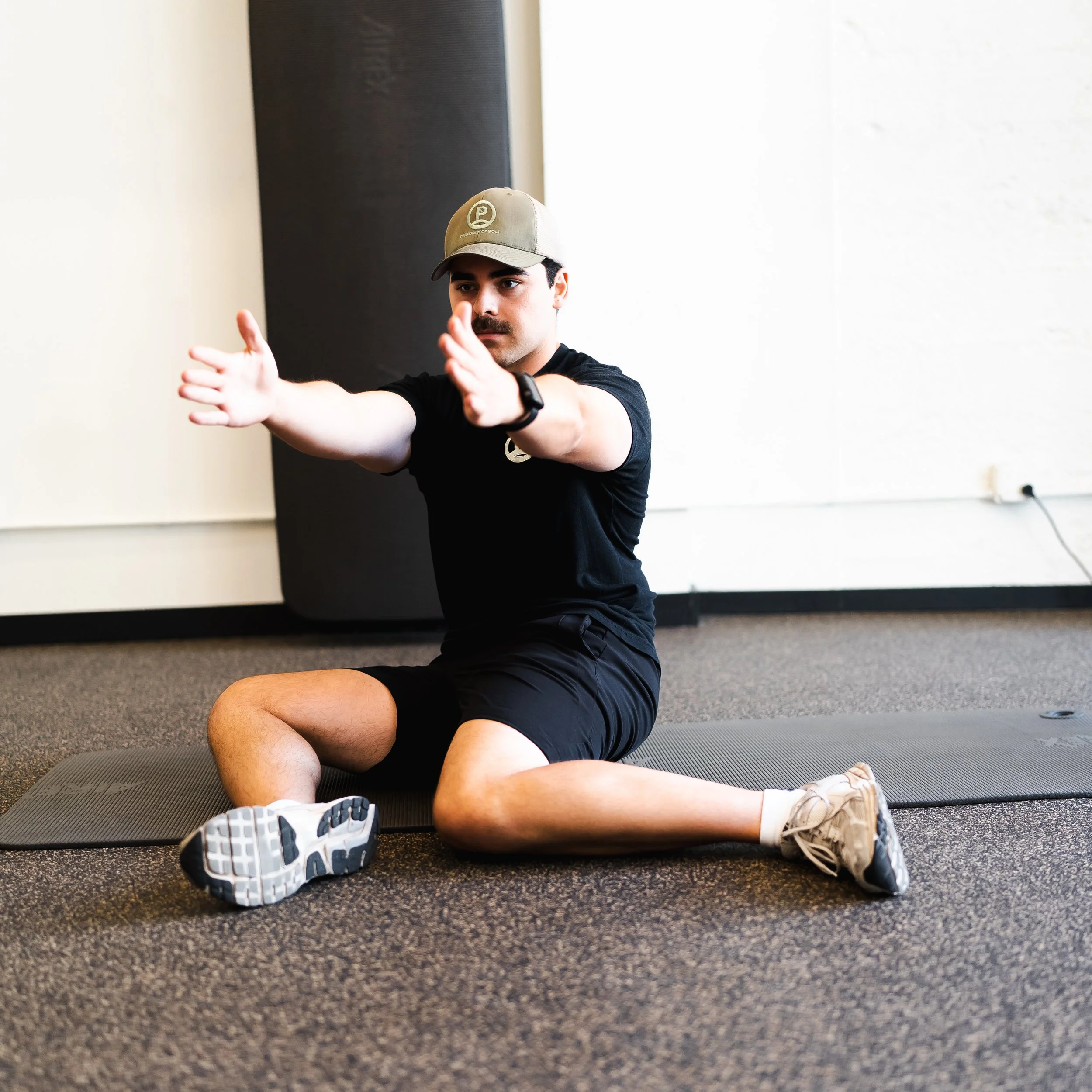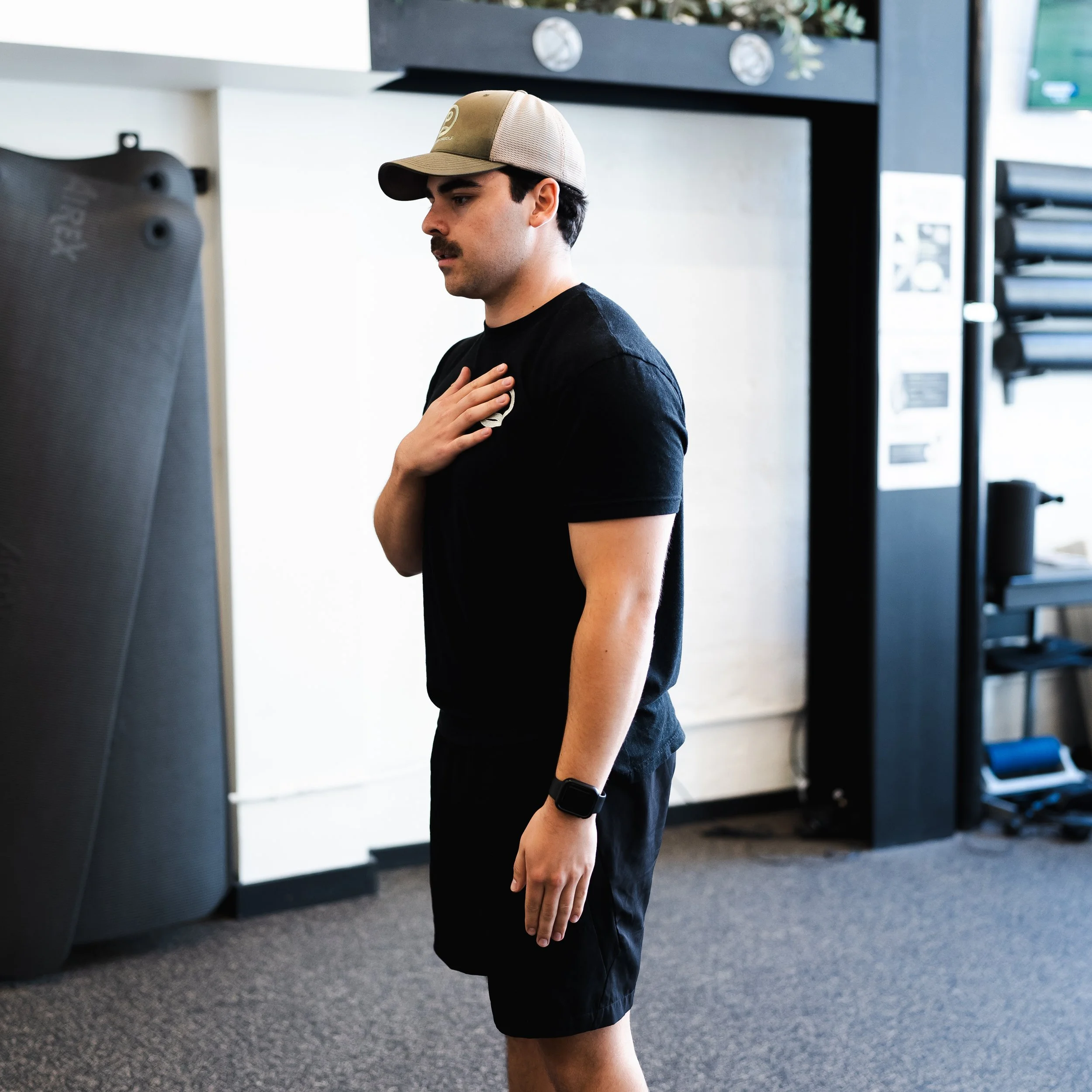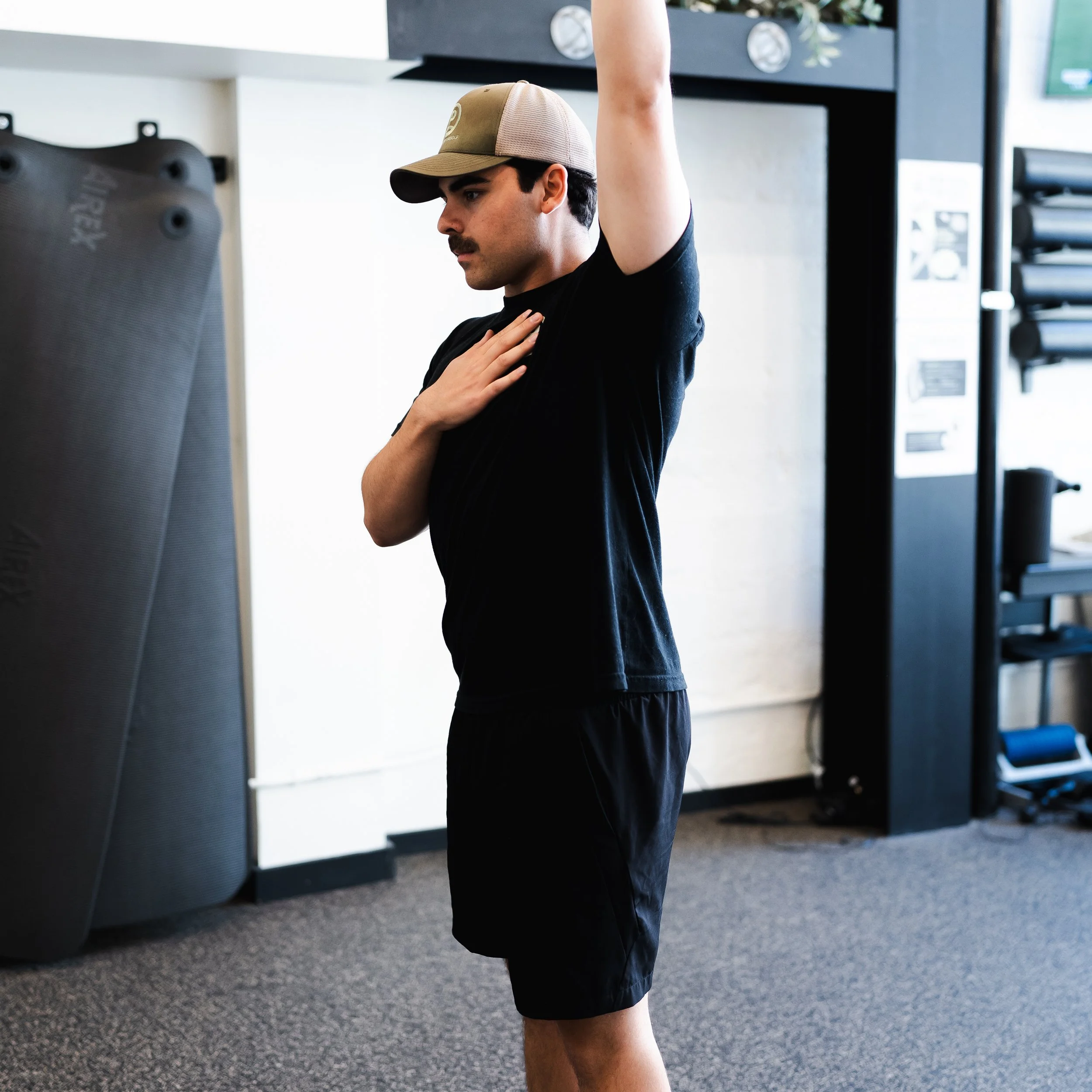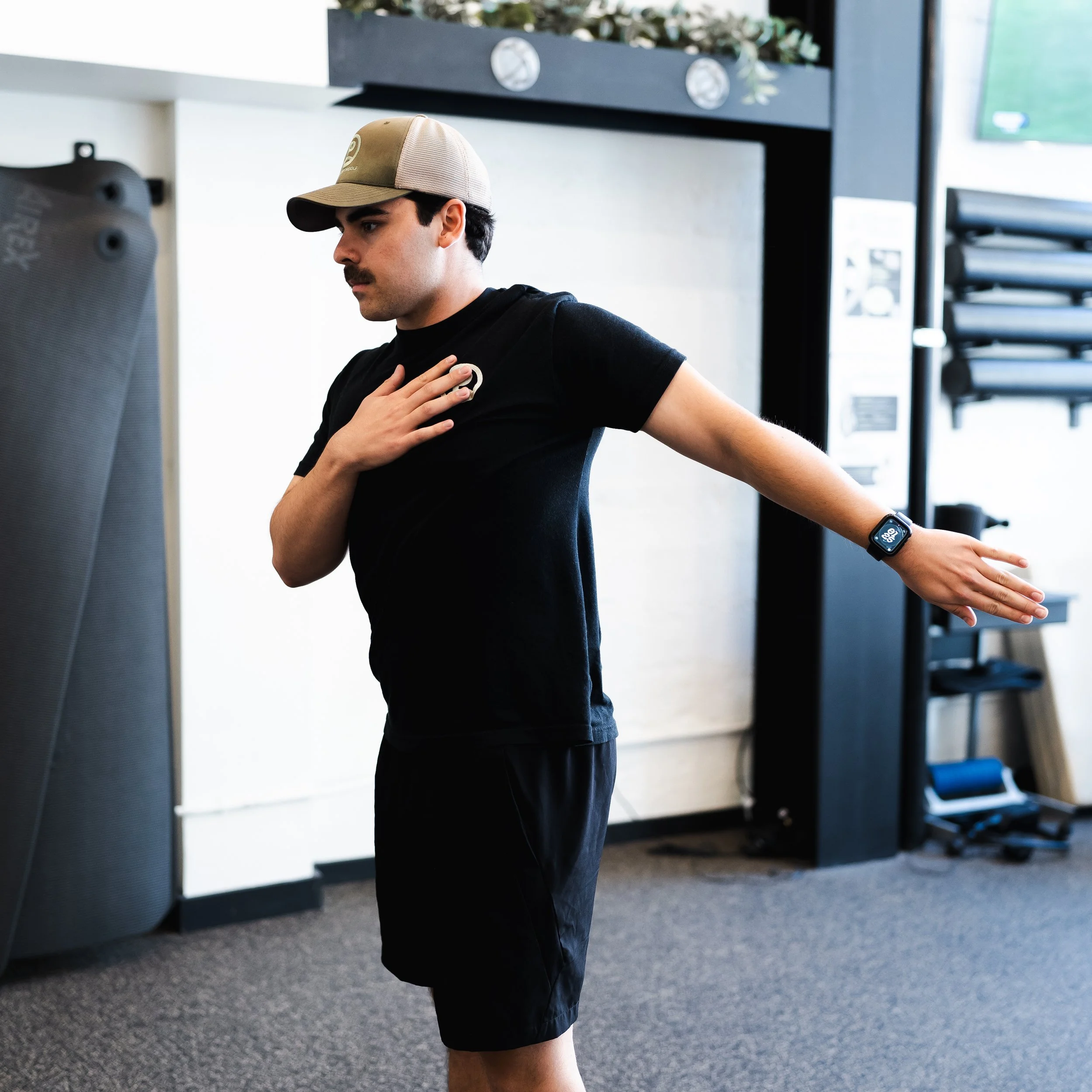Longevity Exercises Every Golfer Needs: Stay Strong, Mobile, and Injury-Free for Life
If you want to play golf for decades—not just seasons—prioritizing the right exercises is non-negotiable. Golf is a repetitive, rotational sport that places unique demands on the body. Over time, even the most dedicated golfers can develop pain, stiffness, or overuse injuries unless they build a body that is both resilient and adaptable. This guide breaks down the most essential longevity exercises for golfers, explains precisely why they matter, and shows you how to make them part of your training, no matter your age or fitness level.
Why Longevity Matters in Golf
Longevity in golf means being able to play as often as you want, without being limited by pain or physical decline. Many golfers mistakenly believe that flexibility and strength decrease naturally with age. Still, the real reason most people lose their mobility and power is from a lack of regular movement and targeted exercise. The good news is that the proper training can preserve and even improve your golf fitness for life.
The Three Pillars of Golf Longevity: Mobility, Strength, and Balance
Golf longevity relies on three key physical pillars: mobility, strength, and balance. Mobility lets you move through a full, unrestricted range of motion in every swing. Strength provides the power to hit the ball farther and the stability to repeat your swing mechanics without strain. Balance enables you to control your body during complex movements, thereby reducing the risk of falls or awkward movements that can lead to injury.
Essential Mobility Exercises
Golf requires rotational movement at the hips, spine, and shoulders. Mobility drills keep these areas fluid and pain-free.
Spinal Rotations: Sit on the floor with your knees bent and feet flat. Cross your arms over your chest. Slowly rotate your upper body to the left, hold for two seconds, then to the right. Repeat 10 times each way. This keeps your spine mobile for an unrestricted backswing and follow-through.
Hip Flexor Stretch: Kneel with one foot in front and one knee on the ground. Gently push your hips forward until you feel a stretch in the front of your hip. Hold for 30 seconds per side. Tight hip flexors are a top cause of lower back stress in golfers.
Shoulder Openers: Stand tall, clasp your hands behind your back, and lift your arms gently as high as possible while keeping your chest open. Hold for 20–30 seconds. Repeat twice. This keeps your shoulders moving freely and prevents upper-body restrictions.
Foundational Strength Exercises
Strength protects your joints, improves your clubhead speed, and helps you maintain posture through your round.
Split Squats: Stand with one foot forward and one foot behind, lower your back knee toward the ground. Keep your chest tall. Perform 2 sets of 8–10 reps each leg. Split squats strengthen your legs individually, mimicking the weight shift in golf.
Glute Bridges: Lie on your back, feet flat, knees bent. Lift your hips until your knees, hips, and shoulders form a straight line. Squeeze your glutes, hold for a brief moment, then lower. Repeat 10–15 times. Strong glutes reduce back strain and improve stability.
Plank Holds: Support yourself on your forearms and toes, body straight. Hold for 20–40 seconds, focusing on core tension. Repeat twice. Core strength helps maintain a consistent swing and protects your spine.
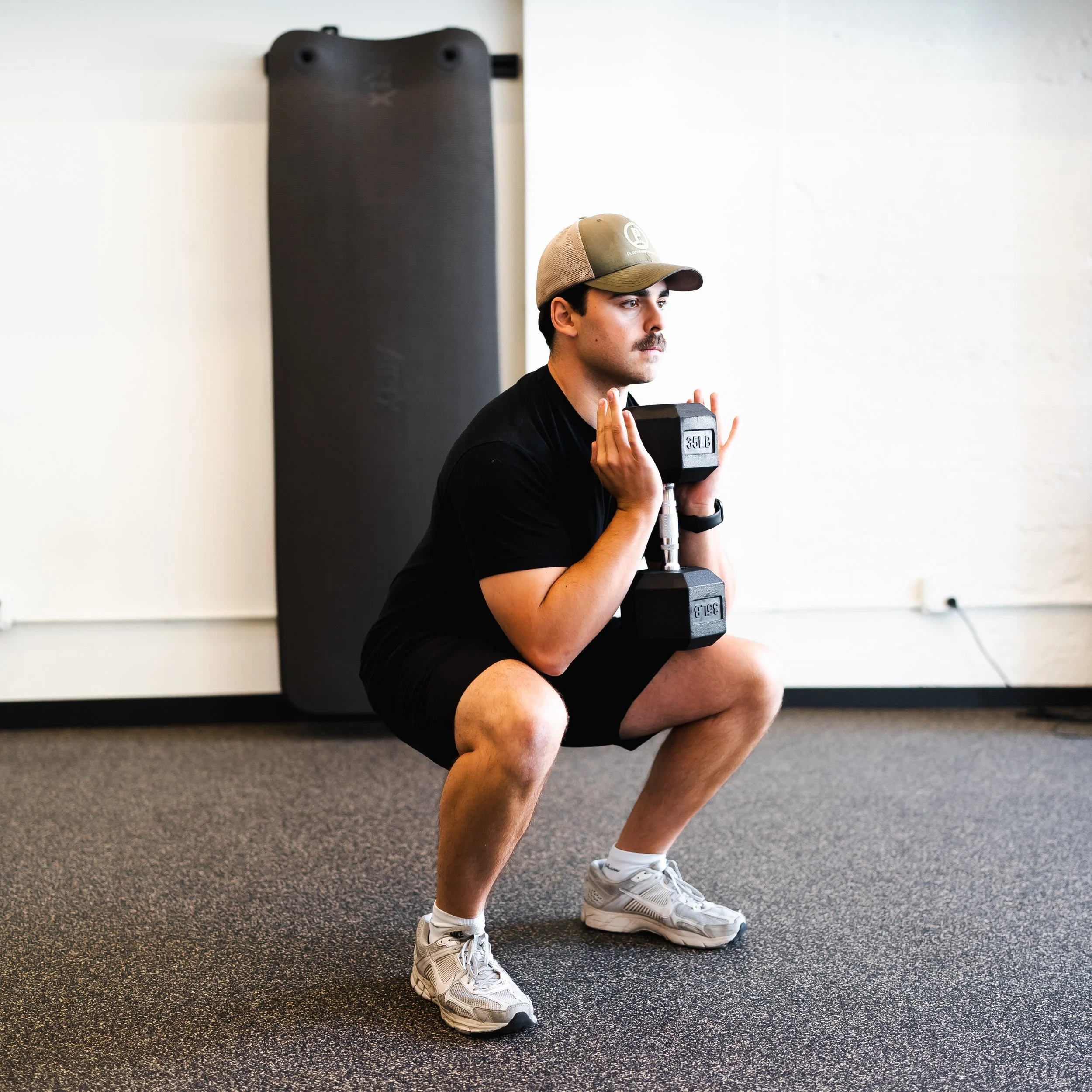
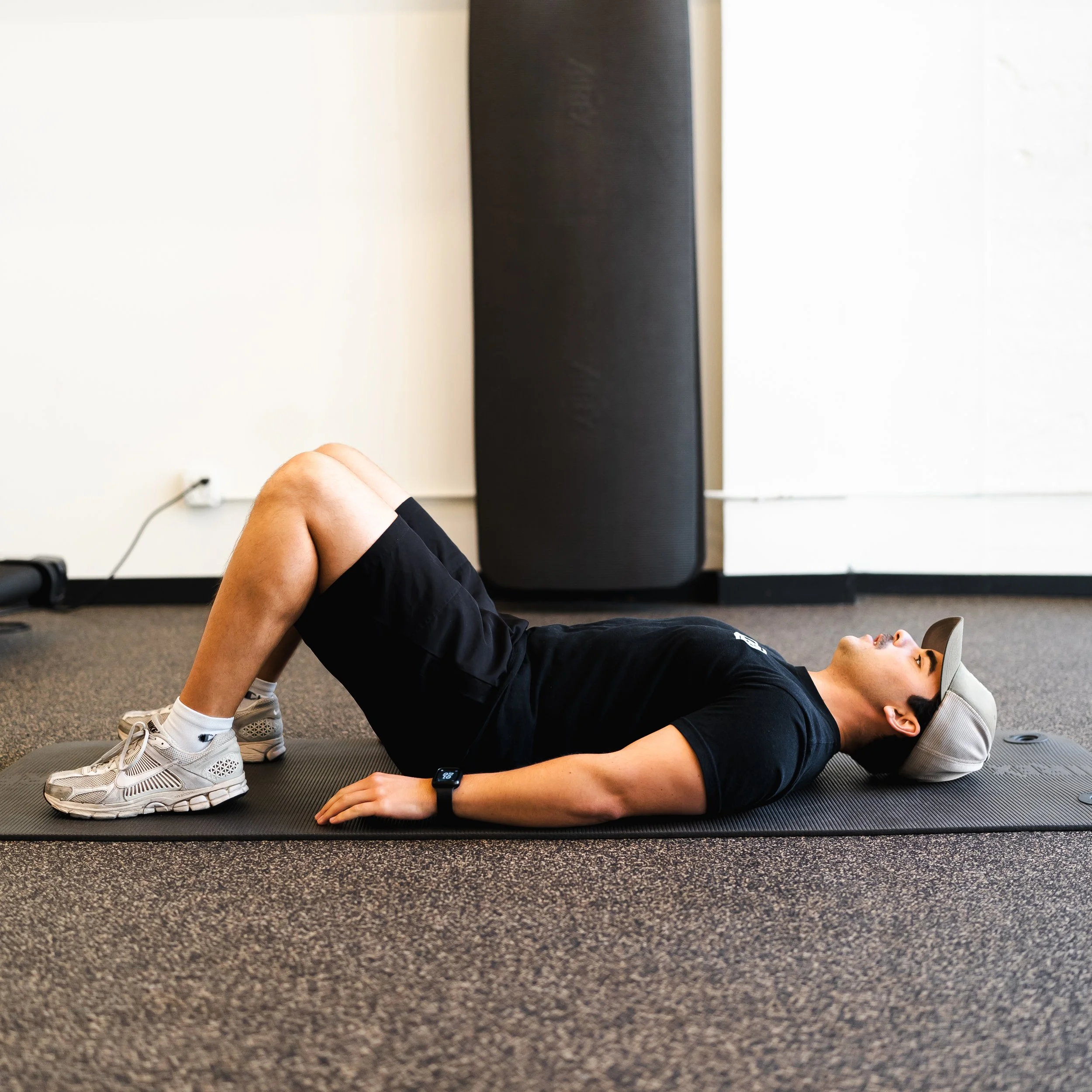
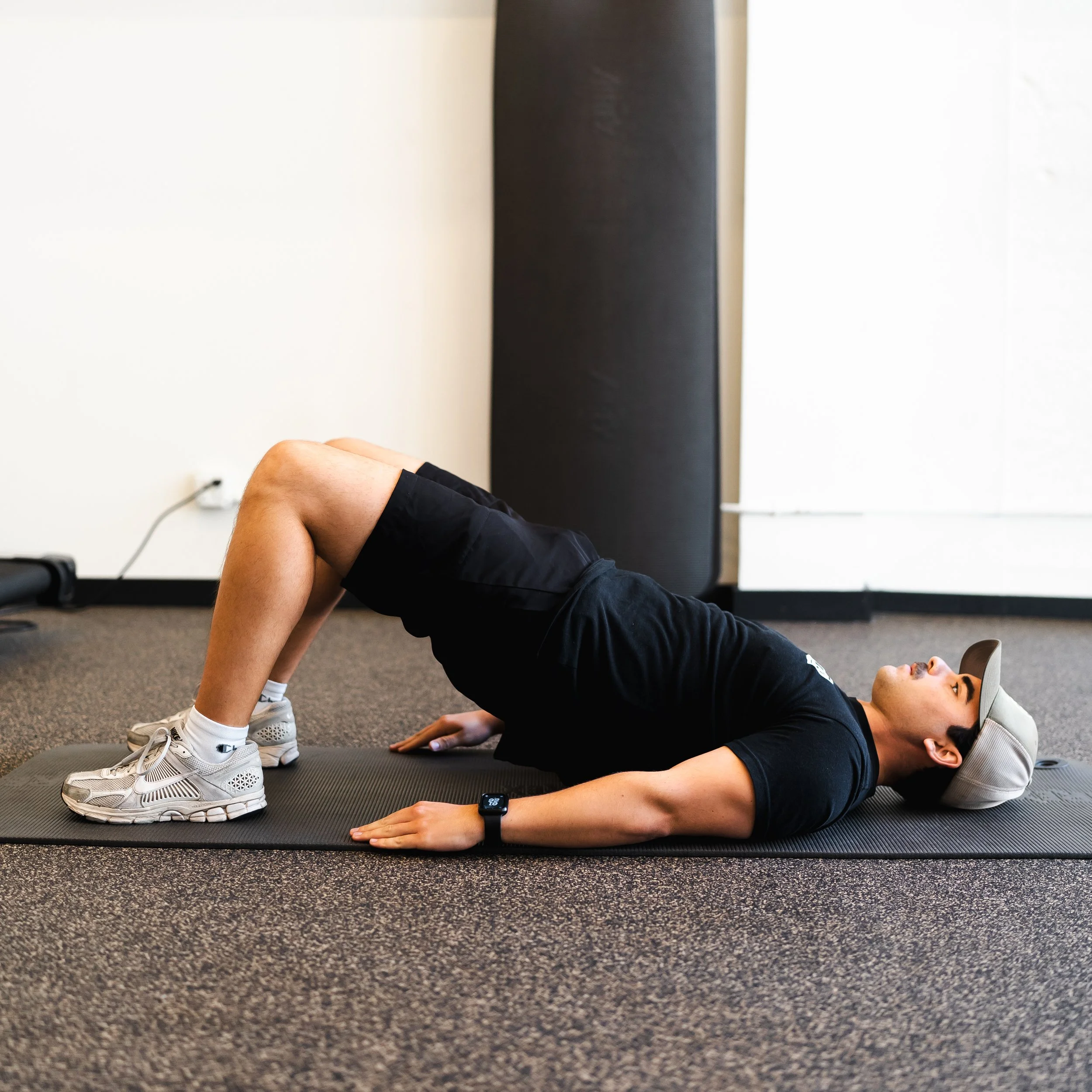
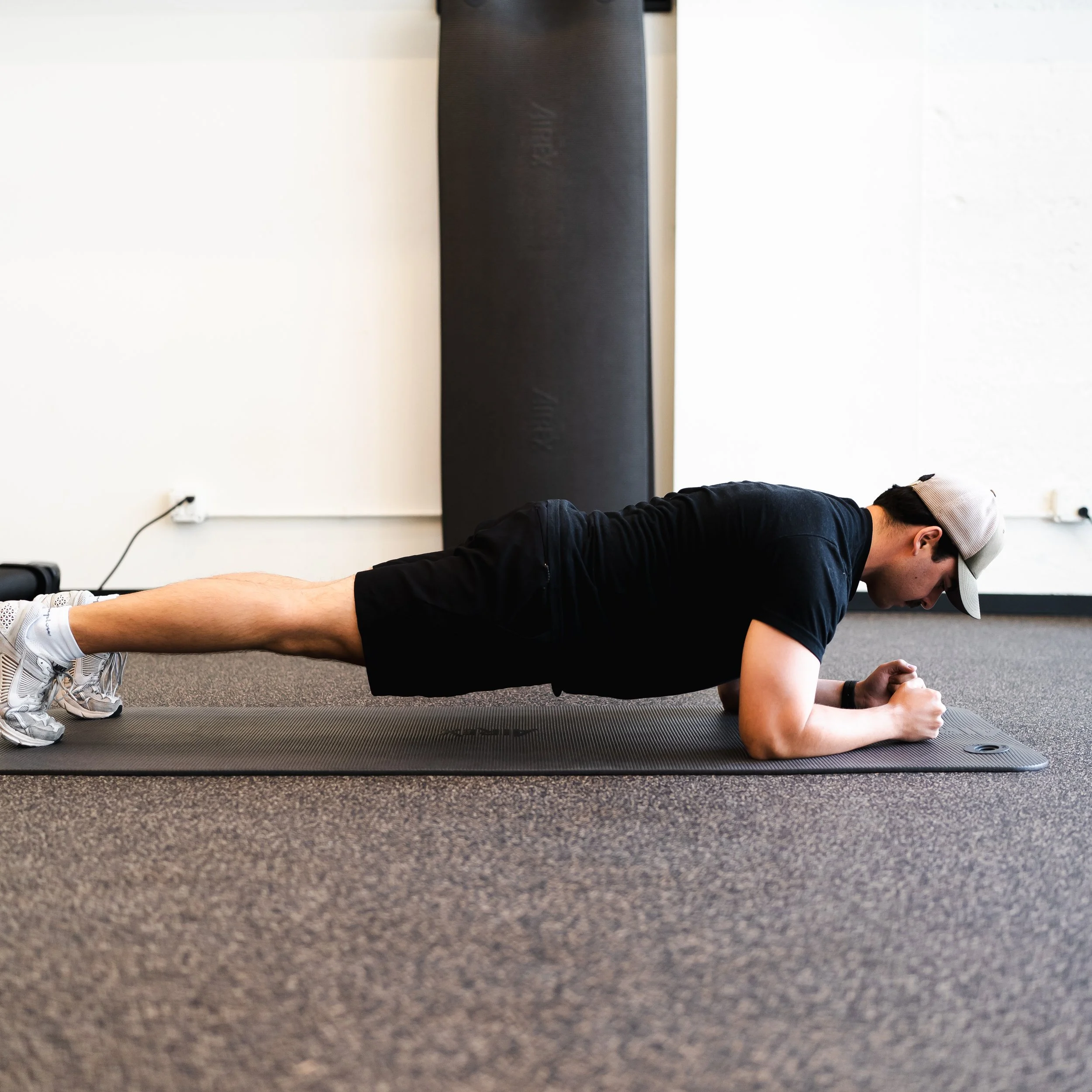
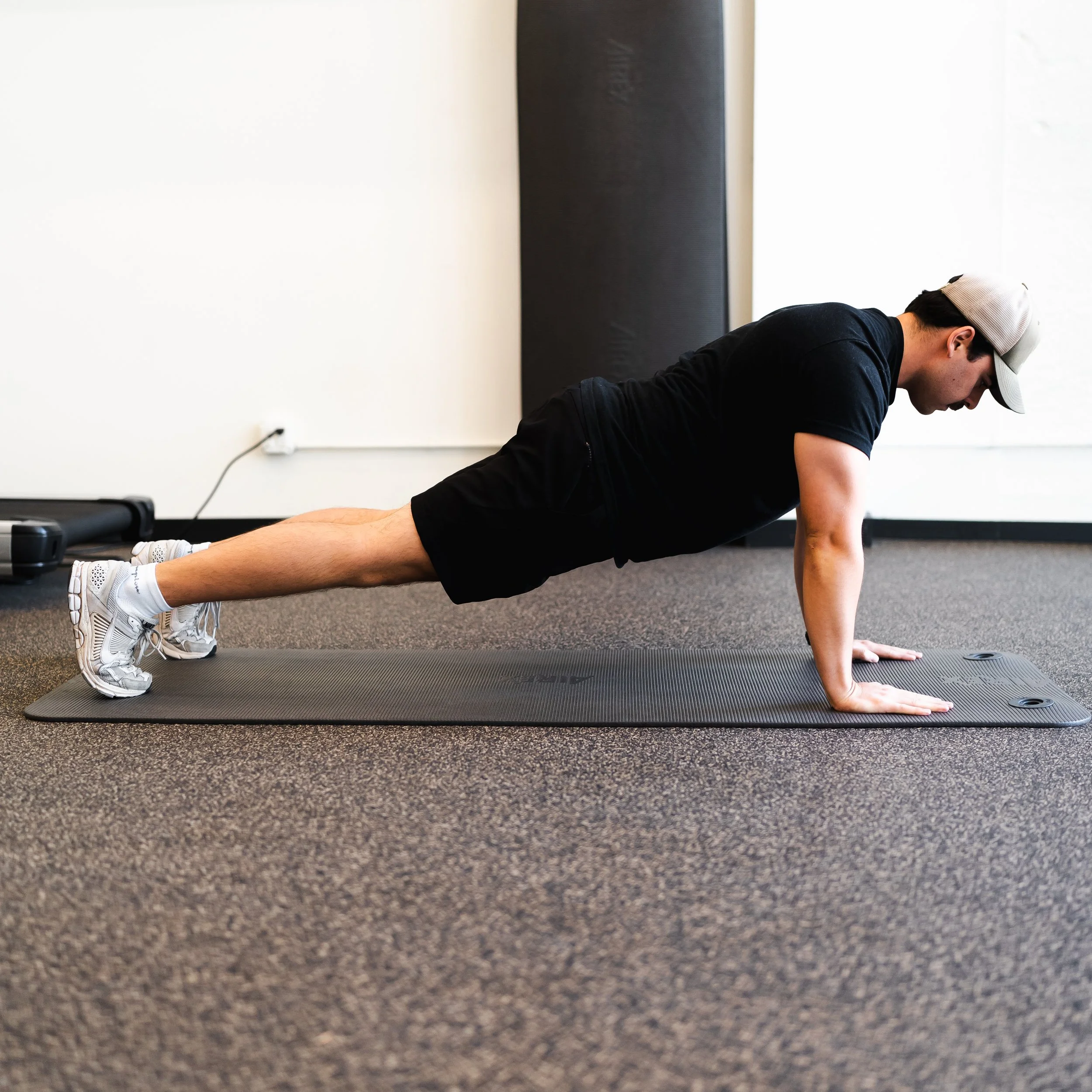
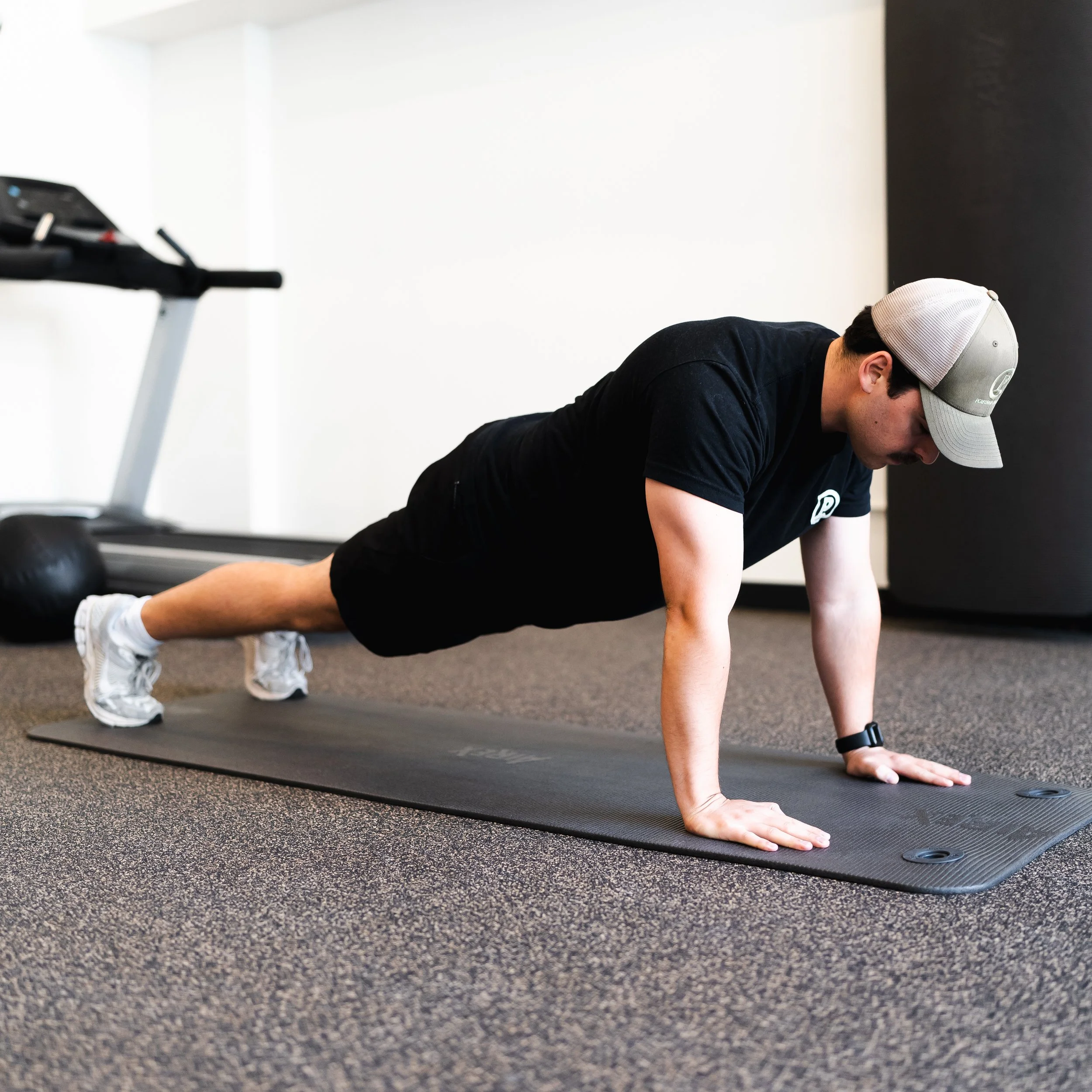
Balance and Stability Work
Good balance prevents falls, helps you maintain posture, and supports efficient movement from address to finish.
Single-Leg Balance: Stand on one leg, knee slightly bent, for 30 seconds. To progress, close your eyes or rotate your head side to side. Repeat twice per leg. Balancing on one leg mimics the weight transfer and stability required during your swing.
Lateral Step-Overs: Place a low object beside you. Step over it sideways with one foot, then the other, and return to your original position. Do 10–12 step-overs in each direction. This builds lateral stability and coordination.

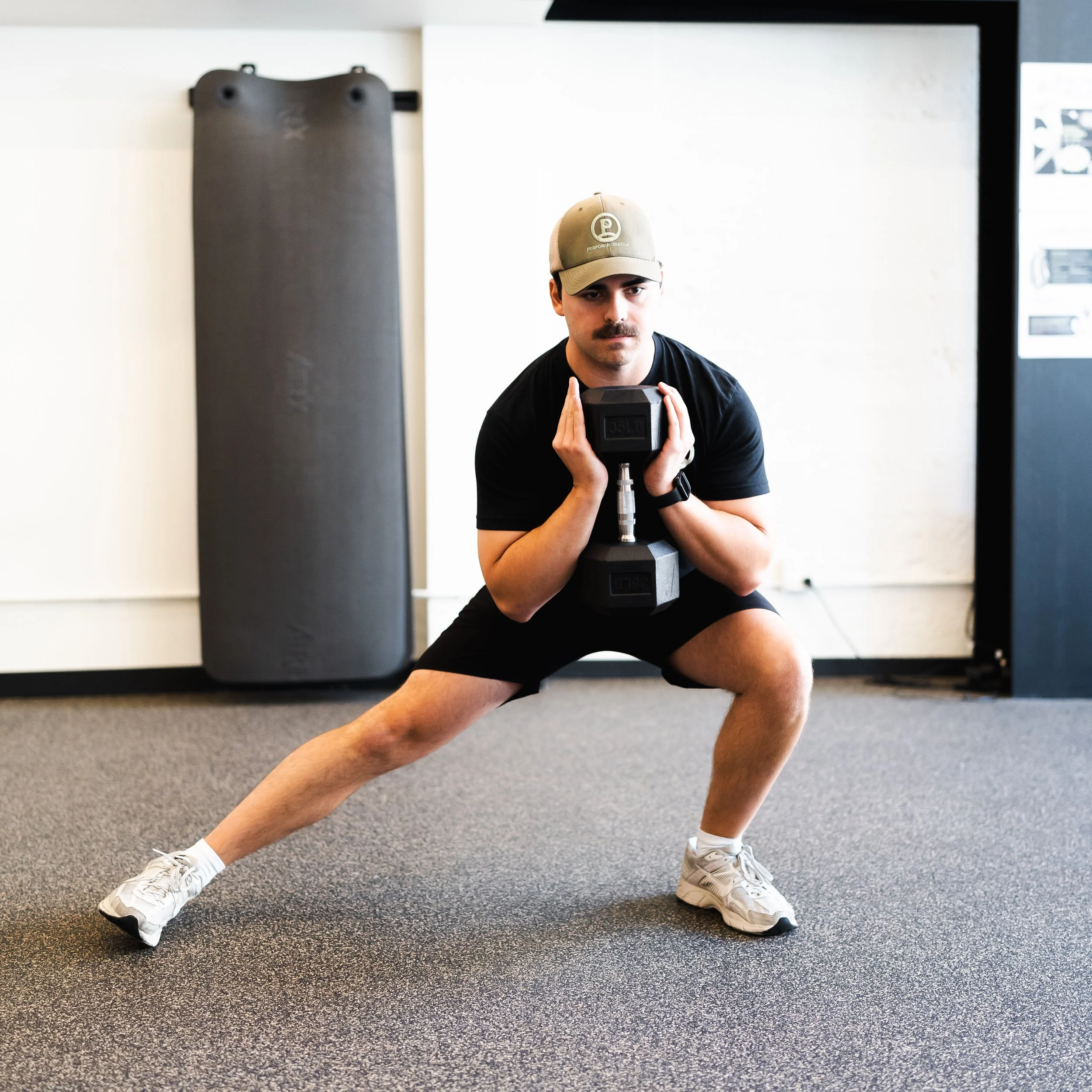
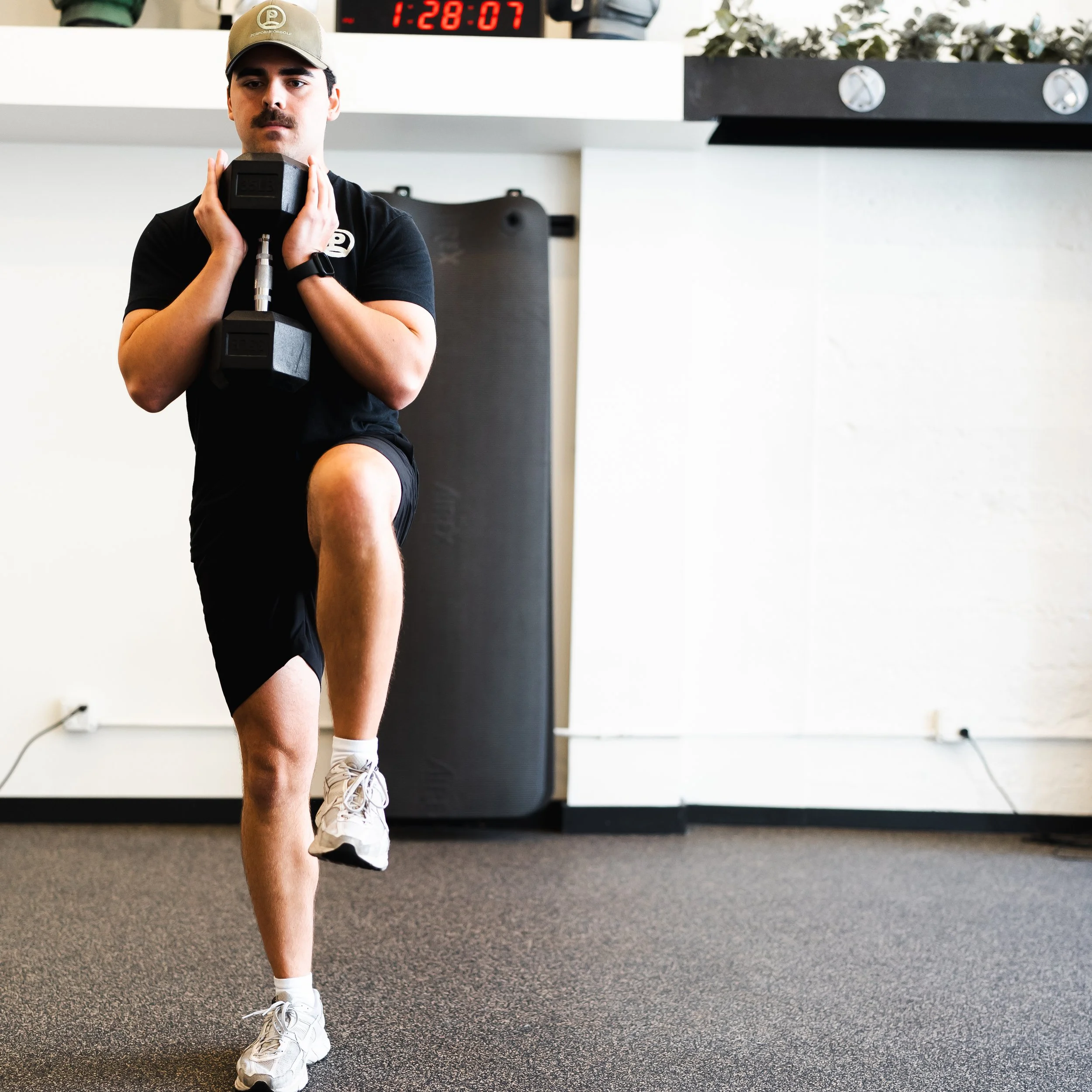
How to Build Longevity Training Into Your Routine
Consistency is the secret. You do not need to spend hours every day. Start by choosing one mobility, one strength, and one balance exercise and complete them before or after your practice sessions. Progress by increasing repetitions, time, or adding more exercises as you feel ready. The best golfers are those who make these habits a regular part of their week, not a seasonal fix after an injury.
Taking Action—Your Longevity Checklist
Pick one exercise from each pillar—mobility, strength, and balance.
Commit to three days per week, even if it’s just ten minutes before or after practice.
Focus on quality, not quantity. Controlled movements and proper form beat speed every time.
Track your progress—note which areas feel easier, and where you still feel tight or unstable.
Gradually add new challenges, such as light resistance or advanced balance drills.
Golfers who stick to these foundational exercises not only feel better but also perform better, with less risk of injury or pain. Start today and you’ll be building a body ready for years of golf—without missing a single round.



